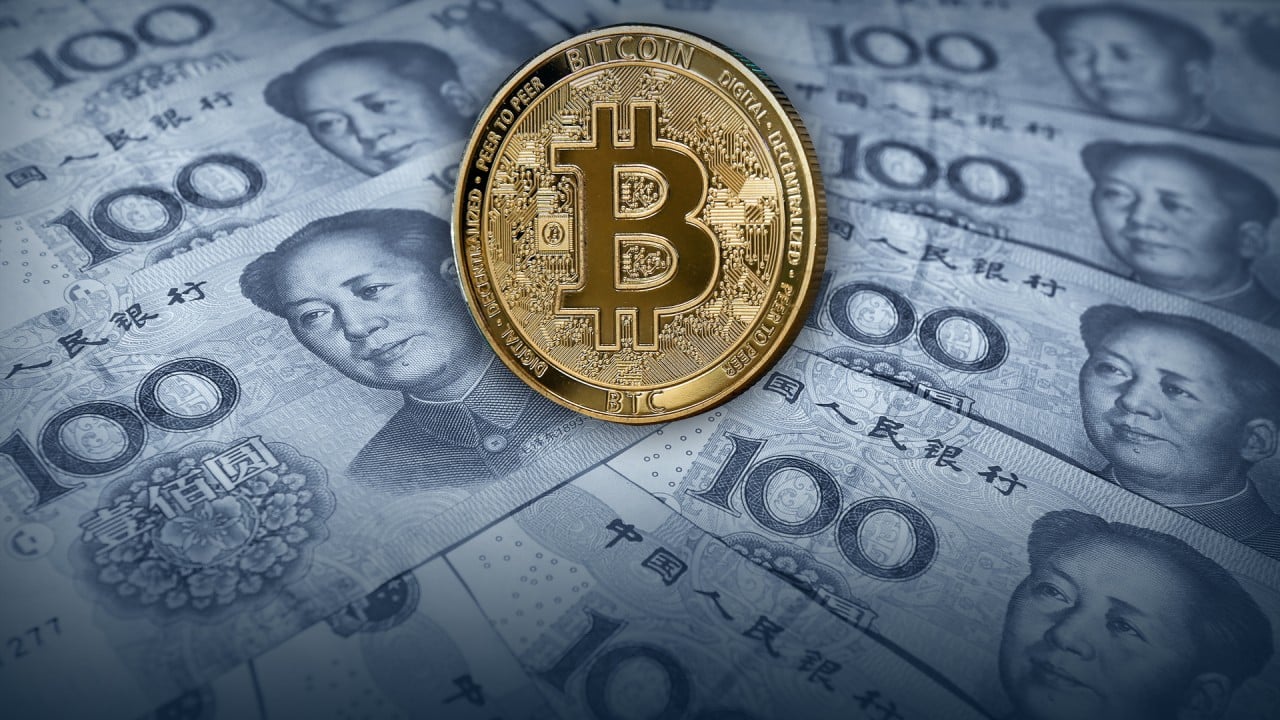Advertisement
Macroscope | Why China’s yuan still has work to do to oust US dollar as world’s reserve currency
- If Beijing wants to win wider confidence in the yuan, it has a major hearts and mind campaign on its hands to shore up its currency’s appeal
- The crackdown on China’s hi-tech sector will not help in the short term but, with market-friendly policies in place, the yuan’s future looks bright
Reading Time:3 minutes
Why you can trust SCMP
14

It was never supposed to be a race to the top, but the matter of which currency gets to dominate world financial markets has been the subject of hot debate for years.
Advertisement
The US dollar’s position as the world’s premier reserve currency has been in decline. However, which currency gets to kick the dollar from the top slot in the future, if ever, is still a matter of divided opinion.
The much-anticipated challenge from the euro has never really materialised since its inception in 1999. Cryptocurrencies are being touted as a possible successor in the long term, but they have yet to pass the credibility test with global policymakers and markets.
And, China’s yuan still has a long way to go before it wins wider appeal as a reserve currency. As a result, the dollar’s dominance looks safe for the time being.
So, what status must a reserve currency achieve to win worldwide approval with governments, central banks and investors? It must be recognised as a universal medium of exchange, be highly convertible, free from untoward government manipulation, offer a safe store of wealth, and have a good track record.
The dollar has easily fitted the bill since free-floating exchange rates came into being after the breakdown of the Breton Woods fixed exchange rate system in 1973. Its share of global currency reserve holdings peaked at around 85 per cent in the early 1970s, gradually declining to a 25-year low of 60 per cent in the first quarter this year.

Advertisement

